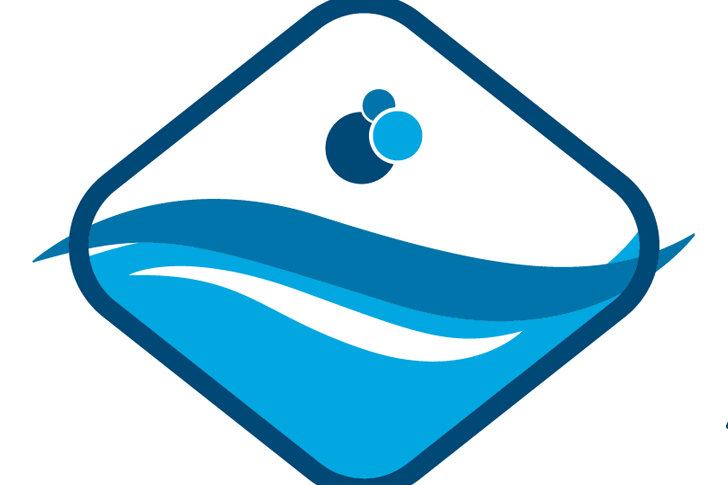Growing up as a full-blooded Asian, the benefits of warm water immersion was impressed upon me from a young age. During family vacations, my mother in particular would get a gleam in her eye upon discovering the existence of a local hot spring. “We should go,” she would say to my father. “It’s so good for you.”
My mom’s affinity for soaking in hot water stems, in part, from the use of public bathhouses customary in most Asian cultures. Many homes built after the Korean War did not have fully equipped bathrooms. Instead, most folks went to public bathhouses, which were built with multiple rooms, each with a separate function. A typical bathhouse would have a locker room, a washroom with spigots placed low to the ground (because it’s customary to squat while washing), a room with hot and cold vessels for soaking, plus a dry or wet sauna area. Men and women were segregated, and a typical visit would last two hours or so.
My first experience with public bathhouses took place when I was 10. It was my first trip to South Korea and, to my Americanized eyes, everything was so different. The bathhouse was no exception. I was incredibly uncomfortable. For one thing, I was unused to being around so many naked bodies. And being nude around my mother’s extended family was excruciating. “Ach, we’re all females,” my aunt chided. “Stop being weird.”
Things only stopped being weird once we made it to the hot tub step of the bathing ritual. Settling into the warm water suddenly made everything better. My cousins stopped bickering and lay quietly in the water. My mom’s typically furrowed brows melted into lazy, contented caterpillars. My aunt’s face mirrored my mother’s. Bliss.
We left after the prescribed two hours, feeling much refreshed and, in my case, newly converted to the wonders of hot tubs.
Since then, I seek out every opportunity to enjoy a warm soak. And while I didn’t know it at the time, Mom was right about it being good for you. We in the industry know that water immersion has a slew of health benefits, from the obvious to the esoteric. It not only reduces stress, anxiety and the pain of arthritis, but it can help treat PTSD and traumatic brain injuries, boost the cardiovascular system, and has even been shown to reduce insulin needs for diabetics, to name but a few of the benefits. It’s also well documented that aquatic-based physical therapy is superior and more effective than equivalent land-based treatments.
So when our annual spa issue rolls around, it makes me happy to think that, in our own small way, we’re contributing to helping people feel better. What our industry provides to our customers can have a profound impact on their lives. To that end, I hope you’ll find value in the information we’ve gathered in this issue.
Happy soaking.



